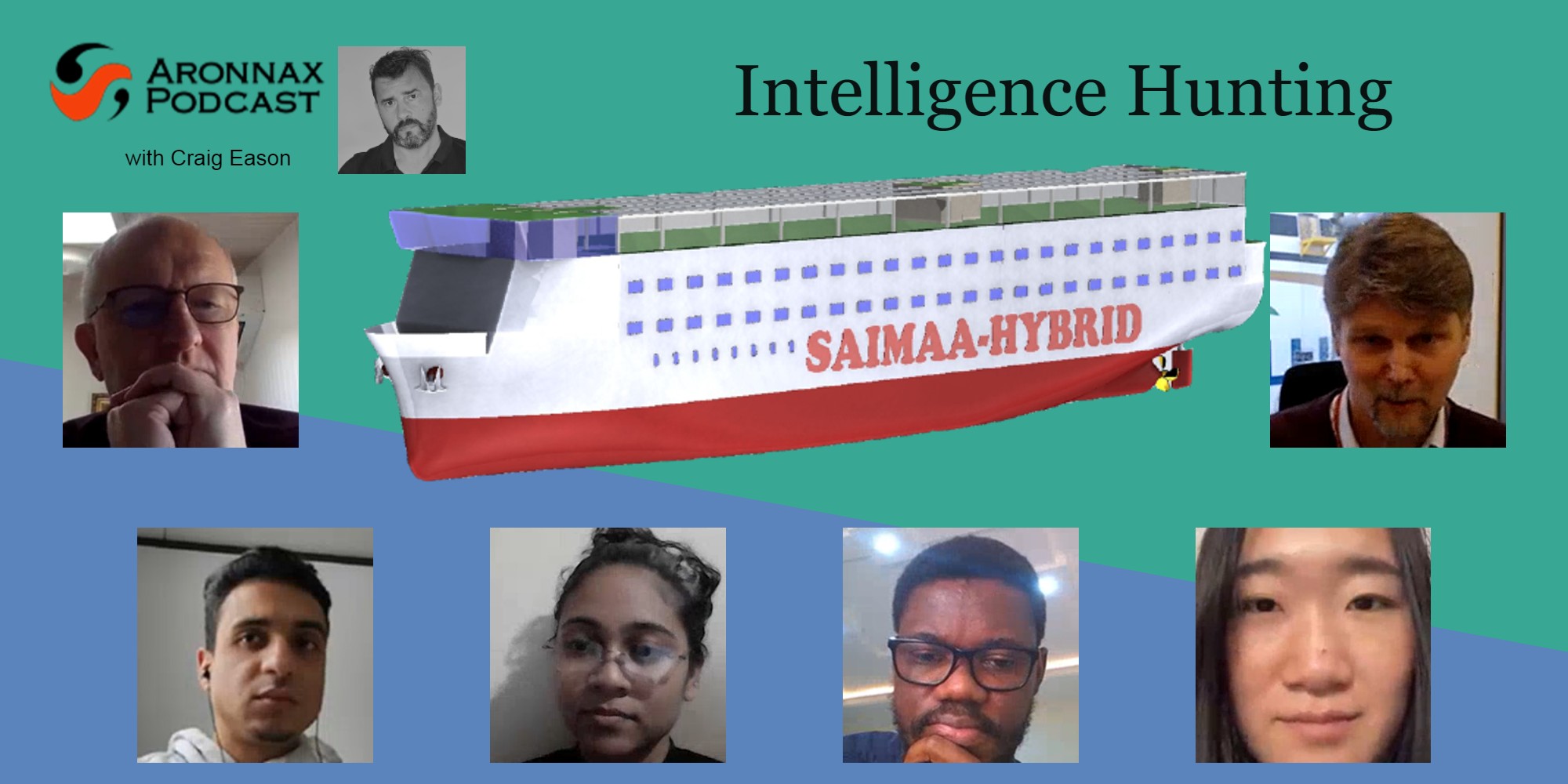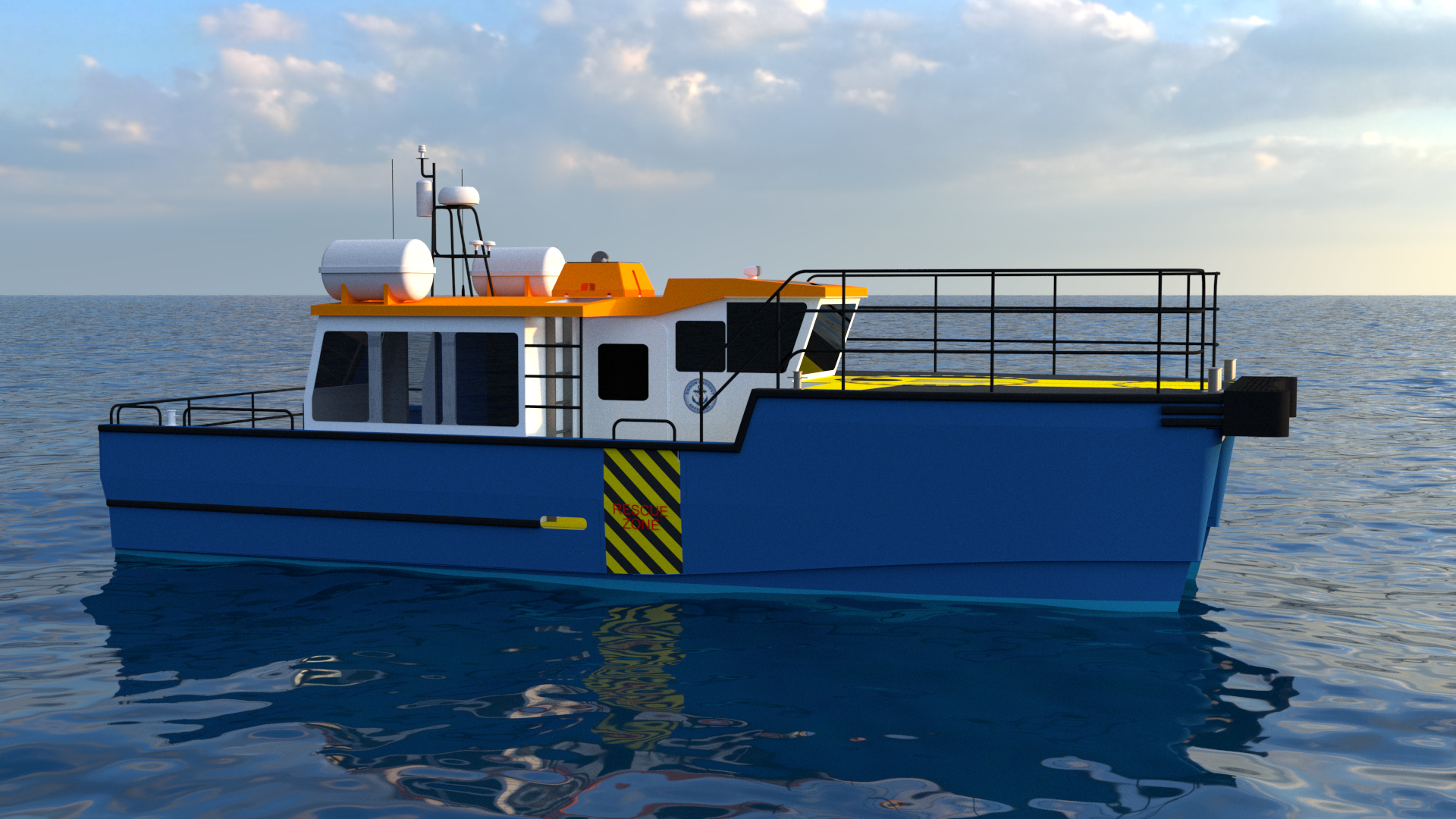Seven teams of graduates, seven sponosr companies setting challenges, seven responses. One winner
Last week I was judge on a competition to see which group of university students was best in meeting, or exceeding a business focused maritime or logistics challenge or assignment.
The competitors were all maritime and logistics university graduates from around the world, and their assignments were all of a shipping and logistics focused nature, based real life challenges r issues the sponsor companies needed answers to.
There were seven teams with seven challenges, each team having about five students and one industry mentor to help supervise their work.
The competition is called the Intelligence Hunt, for good reason. Organised by Finland based Sea Focus it is a platform from which these graduates can put themselves in front of potential employers, and for the sponsor companies a chance to see a pool of talented graduates with qualifications and thanks to this competition a very demonstrable proof of skills.
The winning team was given a challenge by Rauma Marine Constructions. This is the company formed to run the Rauma shipyard back in 2014 when South Korea’s STX sold off its Finnish shipbuilding investments and the city of Rauma took over and formed RMC to keep the region’s shipbuilding history alive. RMC still builds ice class vessels and ferries. Recent work includes a ferry for Wasa Line to work year-round in the Gulf of Bothnia and a new ferry for Talllink line to run between Estonia and Finland.
The challenge RMC set one set of students was to assess the current and future regulations for the decarbonisation of shipping and to then design a short sea vessel bearing these requirements in mind. So, the graduates needed to assess how route, fuel and power choice, size needed to be integrated into one potential design.
Why they won
In the two months taken the five graduates, who hail from five different countries (Egypt, India, Nigeria, Ukraine and China) not only began to work together, but in the opinion of the judges went beyond RMC’s initial challenge.
Their solution is a design of a unique hydrogen-fuel cell powered ferry with year round cargo capacity that would operate in Finland’s coast and waterways to Lake Saimaa, the country’s largest lake and popular tourist attraction. The lake is connected to the Baltic via a 43km long navigable canal.
The team’s solution to RMC was a design taking into account geography, possible market and potential costs. The benefit for RMC is that it now has a potential outline or pre-feasibility study for potential clients to assess.
I spoke to RMC’s CSO Mika Laurilehto, four of the five team members and the team’s mentor Poul Woodall about the project, the design and to hear in their own words why this competition is useful to their careers, in the case of the graduates, the company’s work (in the case of RMC) and from Woodall’s perspective for the industry as a whole.
Detail s of the Sea Focus Intelligence Hunts, this was the eighth, can be found on the competitions website, along with details of the ninth competition which is looking for sponsor companies and students.


































